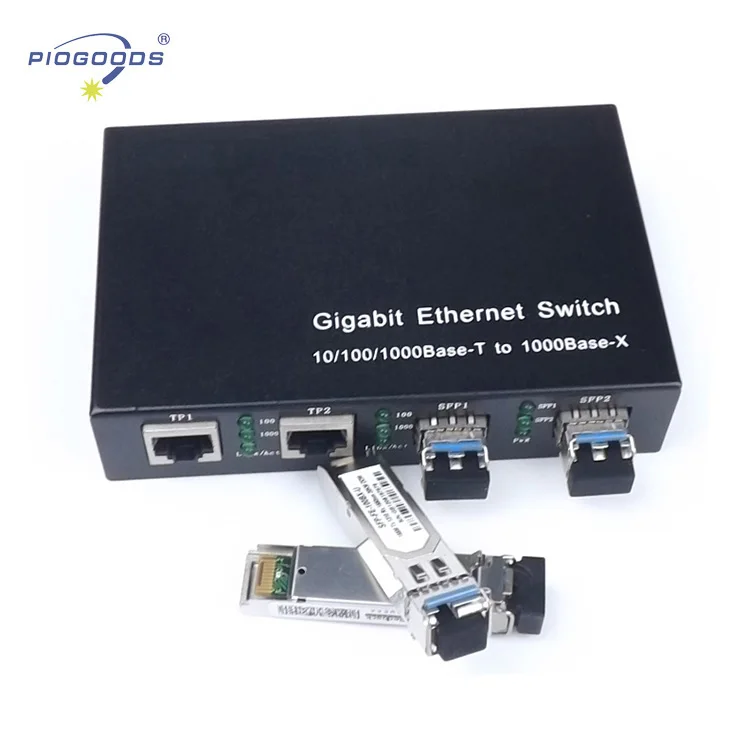
"But of course, band-aids can last 20 years if you don't wash them," Montgomery adds.
#Fiber to copper media converter upgrade
"Media converters are somewhat of a band-aid," says Stephen Montgomery, president of ElectroniCast (a consultancy that tracks and analyzes the optical fiber industry, claiming they are a temporary answer to the question of whether a company should upgrade to fiber. The converters allow a mixed network of copper and fiber ports, so the exact number of fiber ports can be deployed as needed.

With Transition Networks' Point System Conversion Center, distances of up to 65 km are possible, extending bandwidth to those outside the reach of the 1000BASE-T standard. Media converters have never gone through the process of becoming an Institute of Electrical and Electronics Engineers (IEEE-product, and some see them as rather an ad hoc, perhaps not very elegant or long-term solution. "Any time-delay effect that might happen is in the order of nanoseconds-far less than a hub or switch," he says. "Media converters are strictly pass-through devices that is, when signals coming from a hub or a switch are sent via a converter, the converter will handle them without regenerating or re-timing them in any significant way," explains Mark Benevento, senior product manager for MiLAN Technology (producers of media converters, and a division of Digi International. In a sense, media converters are quite simple products, and where there is simplicity there is less potential for anything going wrong. Various speeds are also available, typically 10- and 100-Mbit/sec, and also increasingly 1-Gbit/sec, with even 10-Gbit/sec in the pipeline. Other types of media converters include multimode-to-singlemode fiber. By taking the signal from the copper cable and converting it to a format suitable for optical fiber, it is possible to significantly extend data transmission distances without going to the expense and trouble of ripping out the copper infrastructure and replacing it with a complete fiber-based solution.


This form of media conversion is typically used to increase the distance that installed, legacy copper systems can handle. Media converters (see table, page 58) actually describe a range of different devices, but the most common is copper-to-fiber and then back from fiber-to-copper.
#Fiber to copper media converter install
Instead of retrofitting an entire cabling system, install a media converter to meet your bandwidth needs.Īre you looking to extend the distance that your copper-based network covers? Is using optical fiber the only way to do it? If so, what would be the cost and disruption of changing your whole infrastructure to fiber? Is there a solution? Yes: media converters.


 0 kommentar(er)
0 kommentar(er)
